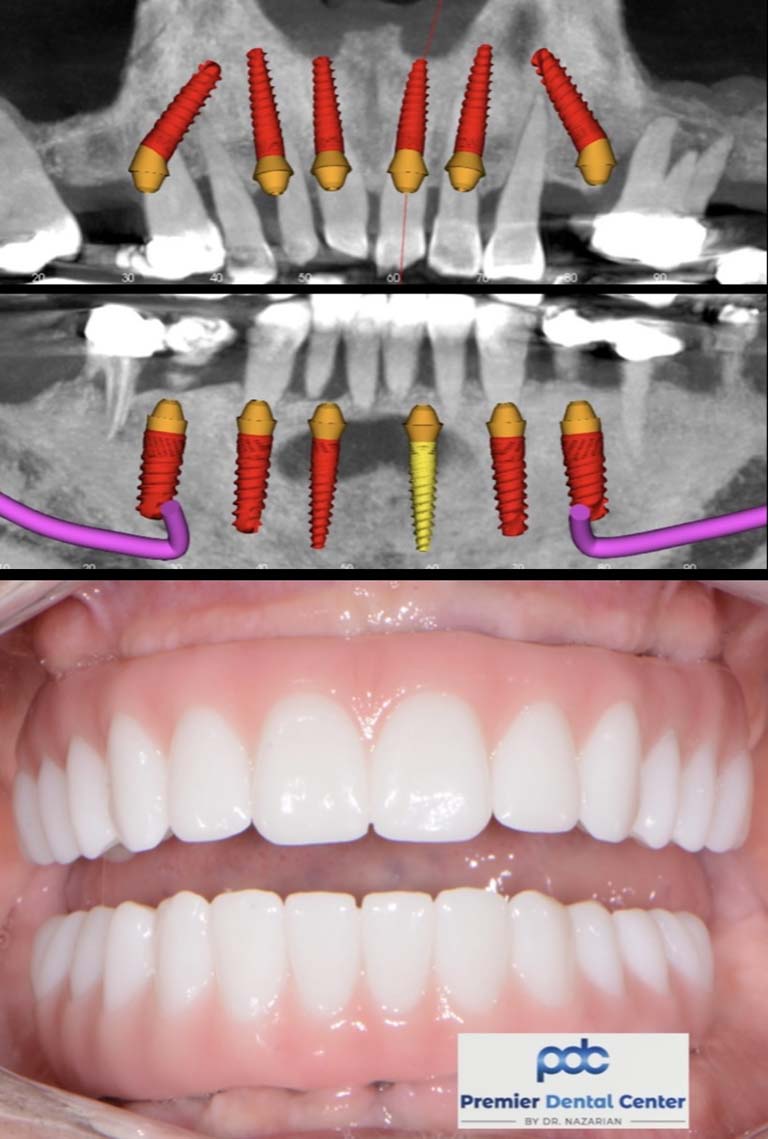Dental Sense Things To Know Before You Get This
Dental Sense Things To Know Before You Get This
Blog Article
The Only Guide for Dental Sense
Table of ContentsExcitement About Dental SenseGetting My Dental Sense To WorkThe 10-Minute Rule for Dental SenseGetting The Dental Sense To Work
are clinical devices operatively implanted right into the jaw to restore a person's ability to eat or their look. They supply support for man-made (fake) teeth, such as crowns, bridges, or dentures. When a tooth is shed because of injury or illness, an individual can experience problems such as rapid bone loss, defective speech, or adjustments to eating patterns that cause pain.Dental implant systems contain an oral implant body and oral implant abutment and may also include an abutment fixation screw. Front tooth filling. The dental implant body is operatively inserted in the jawbone instead of the tooth's origin. The dental implant joint is usually attached to the dental implant body by the joint addiction screw and prolongs through periodontals right into the mouth to sustain the affixed man-made teeth
(https://linktr.ee/dentalsense1)Framework of The Dental Implant System picking oral implants, speak with your dental supplier regarding the prospective benefits and risks, and whether you are a candidate for the treatment. Things to consider: Your overall health and wellness is a crucial aspect in figuring out whether you are a good candidate for dental implants, the length of time it will certainly require to heal, and for how long the dental implant may remain in location.
Cigarette smoking might influence the recovery process and decrease the long-term success of the dental implant. The recovery process for the implant body might take numerous months or longer, during which time you usually have a short-term abutment in area of the tooth. the dental implant procedure: Meticulously follow the oral health directions provided to you by your oral copyright.
Getting The Dental Sense To Work
Implant failure can cause the demand for one more surgery to fix or change the dental implant system. Restores the capability to eat Recovers cosmetic look Aids keep the jawbone from diminishing because of bone loss Maintains the health of the bordering bone and gums Helps maintain adjacent (neighboring) teeth secure Improves lifestyle Damage to surrounding natural teeth throughout dental implant placement Injury to the surrounding tissues throughout surgical procedure, such as sinus perforation Injury throughout surgery (as an example, fracture of surrounding jawbone) Insufficient feature, such as seeming like the teeth do not bite together usually A sensation that the tooth is loosened or turning in place resulting from an abutment screw loosening Implant body failure (looseness of the implant body) as a result of systemic infection, which might be more probable in people with uncontrolled diabetes mellitus as a result of regional infection in bone and gum tissues supporting the implant body because of delayed healing, which may be more probable in people that smoke Difficulty cleaning the gums around the implant, causing bad dental hygiene Unattended gum condition Post-surgical numbness due to nerve impingement or damage Always notify health treatment suppliers and imaging professionals that you have dental implants before any magnetic resonance imaging (MRI) or x-ray procedures.
FDA is not aware of any adverse occasions reported for MRI or x-ray treatments with dental implants. Oral implants systems are commonly made from products that comply with worldwide consensus requirements of the International Organization for Standardization (ISO) or ASTM International. These criteria have information of what makes a risk-free material.

A dental implant is a structure that replaces a missing out on tooth. With screw-like tools, the specialist inserts an implant into the jawbone, and it serves as a support for a synthetic tooth, called a crown. A tool called a joint connects the synthetic tooth to the dental implant. The crown is tailor-made to fit the person's mouth and match the shade of their teeth.
5 Easy Facts About Dental Sense Described
Some individuals are not qualified for oral implant surgical treatment. It is for dental cosmetic surgeons to run on individuals with: acute illnessuncontrollable metabolic diseasebone or soft tissue illness or infectionIf these issues are dealt with, a person can have the surgical treatment. In, dental continue reading this surgeons avoid running on people with: If individuals with any of the above undertake dental implant surgery, there is a higher danger of the implant failing.

Dental dental implant surgical procedure is a personalized procedure. Provide you time to recover. Attach the post and final crown, bridge or denture.
Next, your surgeon will carefully put the oral implant right into your jaw. Ultimately, your surgeon will reposition your periodontals and close the incision with stitches. If your dental implant is near the front of your mouth, your dentist will make a momentary tooth for you to use up until you recover. In this way, you won't have a void in your smile while you recuperate.
5 Simple Techniques For Dental Sense
Your service provider can inform you what to anticipate in your circumstance. Throughout the healing phase, your jawbone needs to fuse to the oral implant. This process, called osseointegration, is crucial for stability and long-lasting success. This procedure can take anywhere from 3 to 9 months. In some cases, it may take much longer.
Once your implant heals, your dental professional can attach the joint (small connector message) and your last restoration (crown, bridge or denture). This normally takes regarding one hour to finish and might call for a second minor surgical treatment. You shouldn't feel any kind of discomfort during your dental implant treatment because your copyright will utilize drug to numb your gums.
Report this page